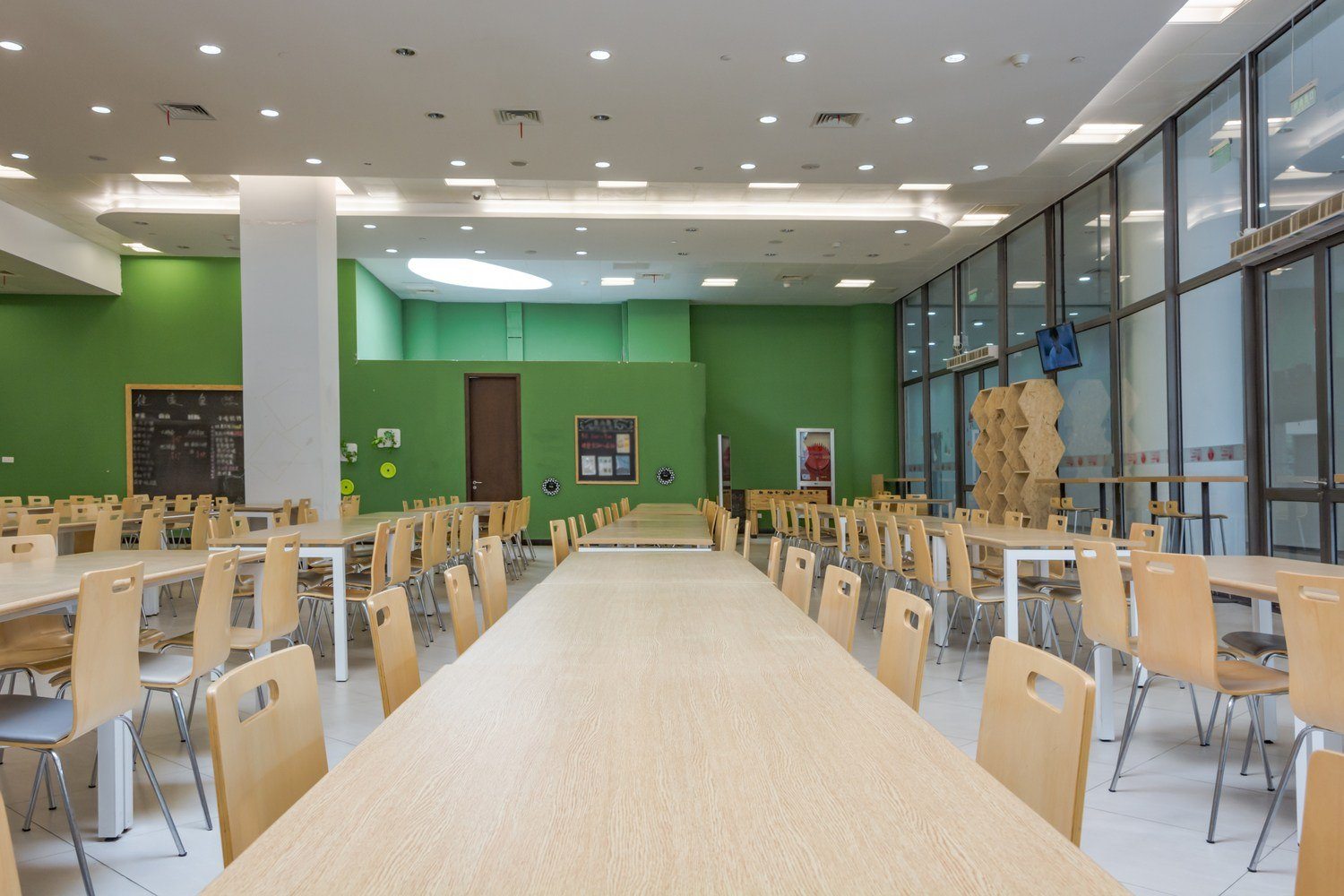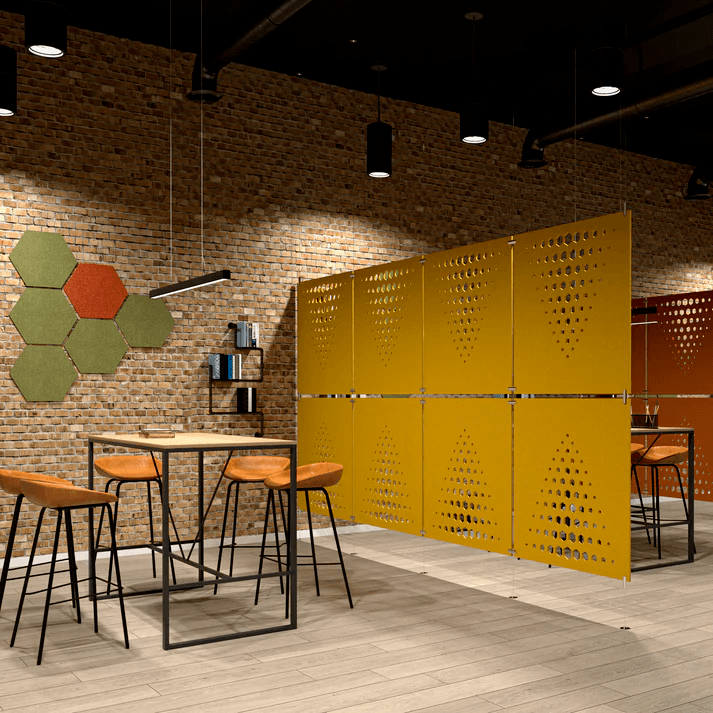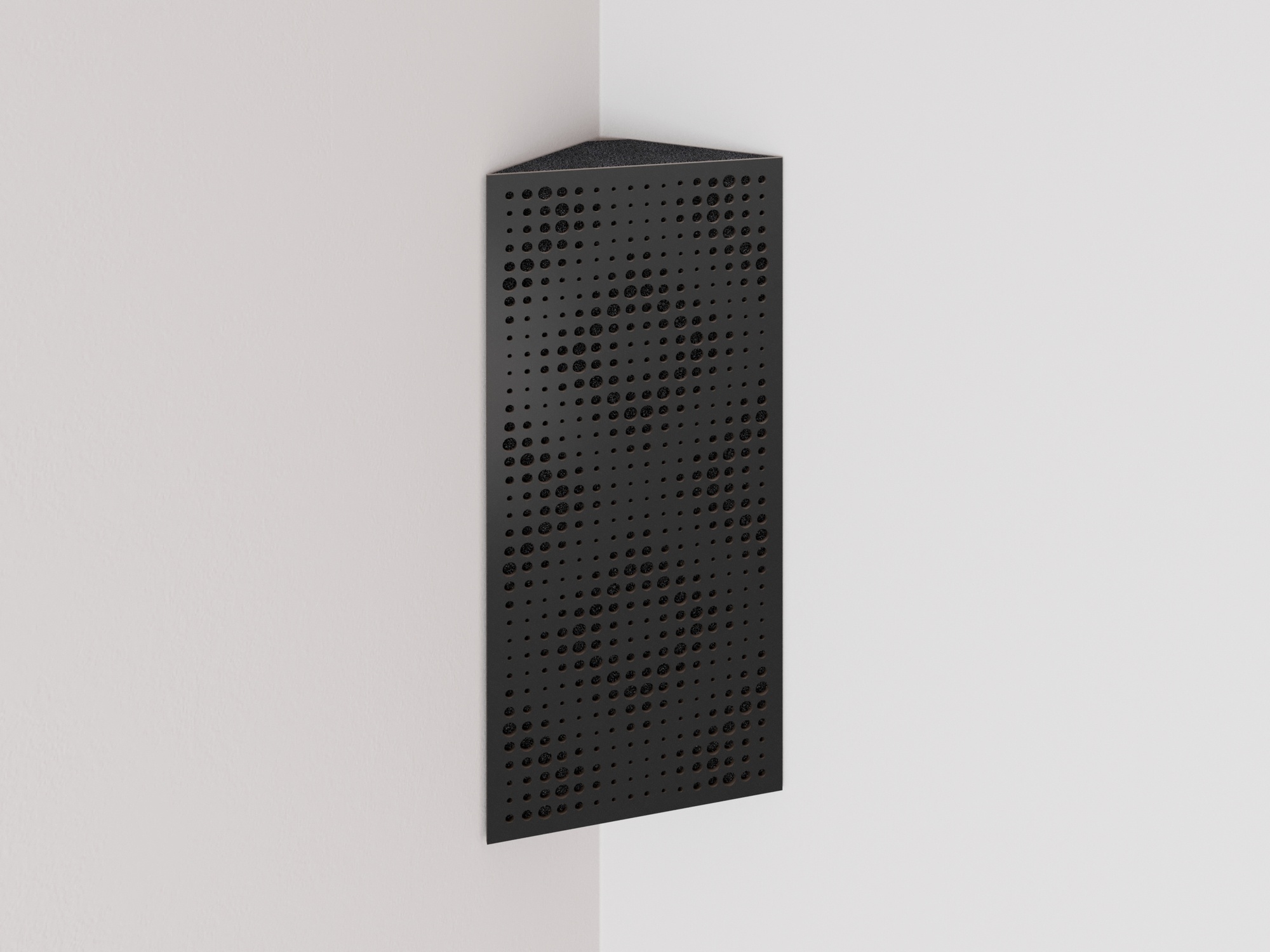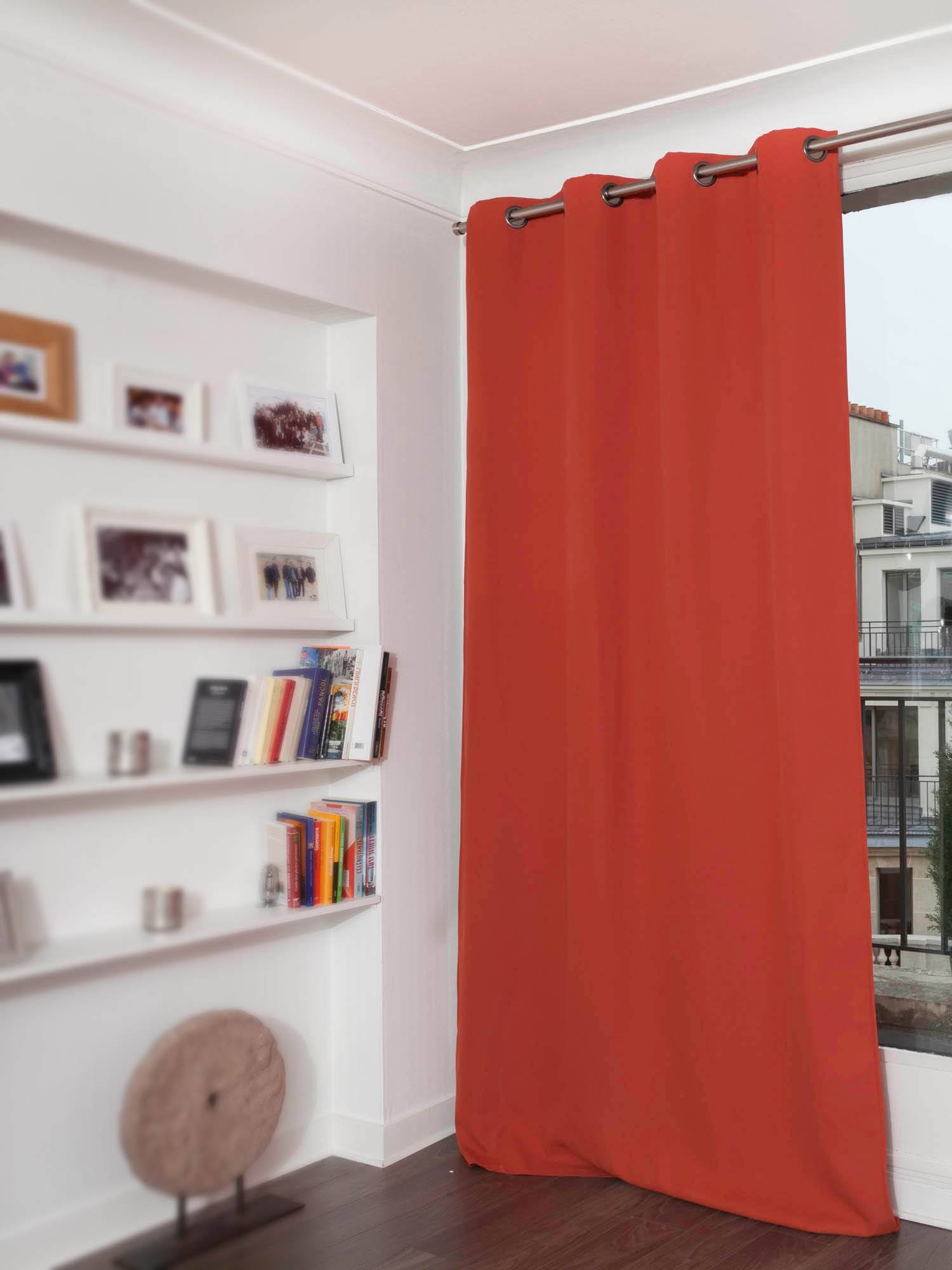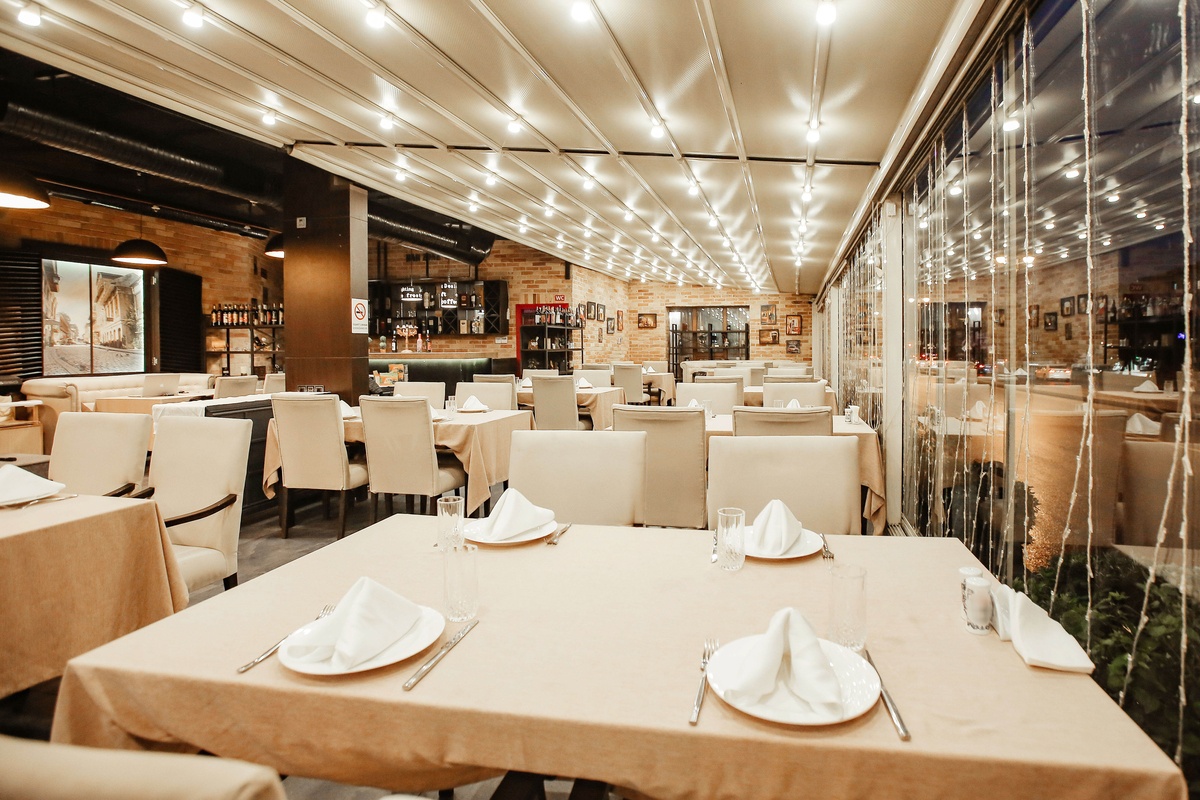Soundproof a dining room – create a pleasant and comfortable acoustic environment
Reducing noise levels and improving acoustics in a dining room is crucial to creating a calm and pleasant environment. In public dining rooms, such as schools, restaurants, nursing homes, and hospitals, noise levels can quickly become problematic when many people gather in a limited space. The sound of conversation, clinking cutlery, rattling chairs, and movement echoes between the walls, ceiling, and floor, creating a noisy and stressful atmosphere. If the sound is not absorbed properly, this can impair both comfort and communication, affecting the experience of everyone in the room. By implementing the right sound-absorbing measures, you can create a more pleasant sound environment where conversations can be held without being disturbed by echoes and background noise. A well-planned acoustic solution not only contributes to a calmer atmosphere, but also improves the working environment for staff and the well-being of guests, students, or patients.
Why is sound absorption important in a dining room?
Dining rooms are often designed with hard surfaces such as concrete walls, tiled floors, and large glass sections, which cause sound to bounce and reverberate for a long time. When the noise level rises, people automatically start to raise their voices to be heard, leading to a negative sound spiral where the noise increases exponentially. This can result in:
Impaired speech intelligibility
Difficulty communicating without raising your voice
Increased stress and fatigue
Prolonged exposure to noise has a negative impact on both guests and staff.
Reduced well-being and comfort
A noisy environment can make it difficult to enjoy a meal.
Poor working environment for staff
Staff in restaurants and cafeterias can suffer from work-related stress and hearing strain.
By soundproofing the dining room, these problems can be eliminated, creating a more pleasant and harmonious environment.
Customized acoustic solutions for different types of dining rooms
Restaurants and cafés – create a pleasant atmosphere
In restaurants and cafés, where a social and relaxed atmosphere is crucial, excessive noise levels can negatively affect the guest experience. If guests have to raise their voices to be heard, this can create a stressful environment. By using wall absorbers, ceiling baffles, and textile sound absorbers, you can control the soundscape and create a harmonious environment where guests can enjoy their meal in peace and quiet.
School cafeterias – reduce noise and improve the working environment
In school cafeterias, high noise levels can affect both students and school staff. Noise in school environments has been shown to contribute to increased stress and poorer concentration. By installing sound-absorbing ceiling tiles, wall panels, and soft flooring materials, a more balanced sound environment can be created, giving both students and staff a better dining experience.
Care environments and hospitals – create a calm and restorative environment
In nursing homes and hospitals, a quiet and calm atmosphere is crucial for patients' recovery. Excessive noise levels can affect both patients' health and staff's working environment. By using sound-absorbing materials on walls, ceilings, and floors, the sound environment can be improved, contributing to a more harmonious and stress-free environment.
A better sound environment creates comfort and functionality
Soundproofing a dining room is an investment in comfort and functionality. By reducing noise, creating a more pleasant conversation environment, and reducing sound reflections, acoustic solutions can contribute to a better experience for everyone in the room. By combining wall absorbers, ceiling absorbers, sound-absorbing floors, and textile elements, you can create a well-balanced soundscape that both improves speech intelligibility and reduces stress. Whether it's a school cafeteria, a restaurant, or a healthcare facility, the right acoustic solutions can make a big difference to both well-being and experience.





